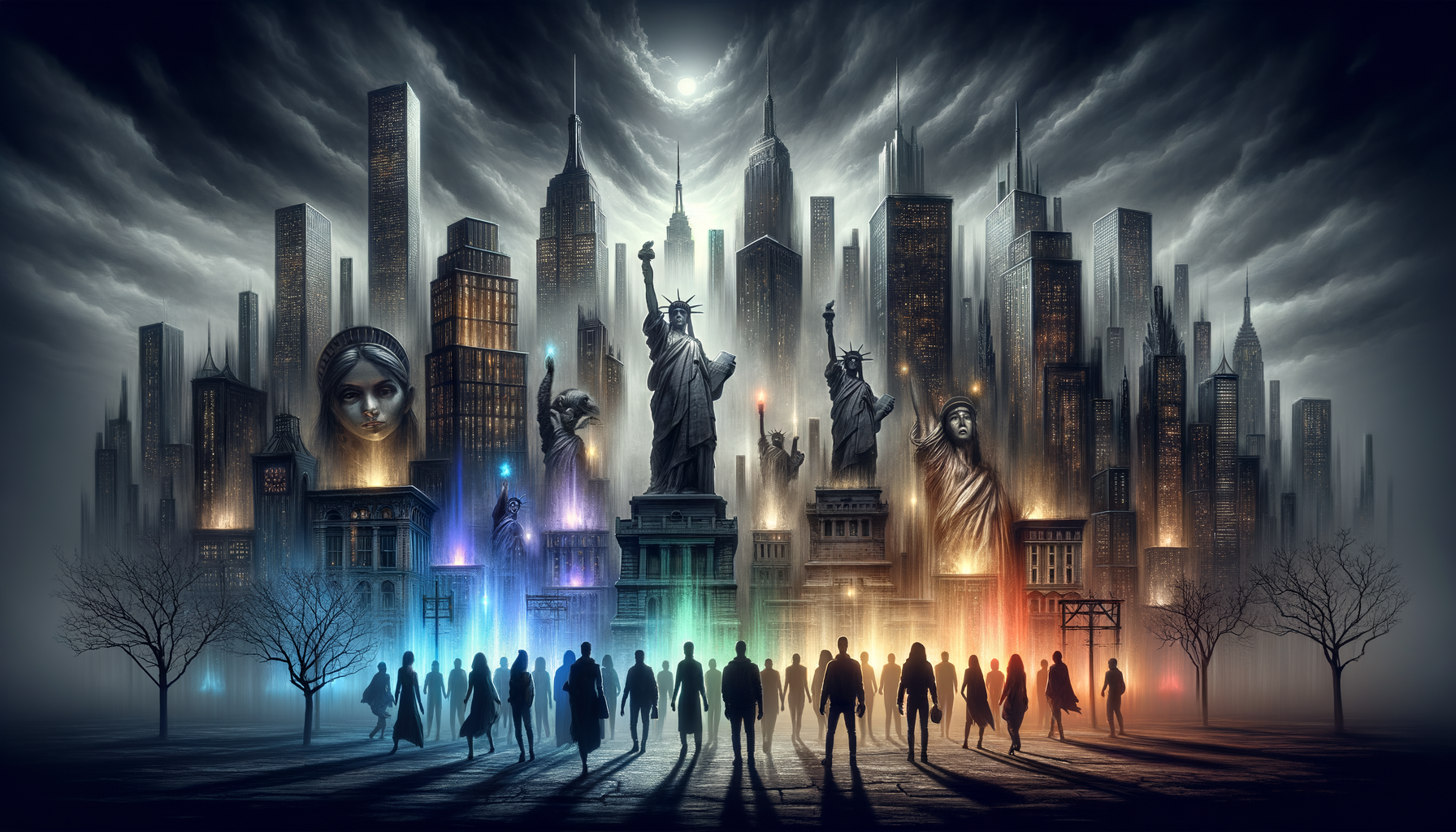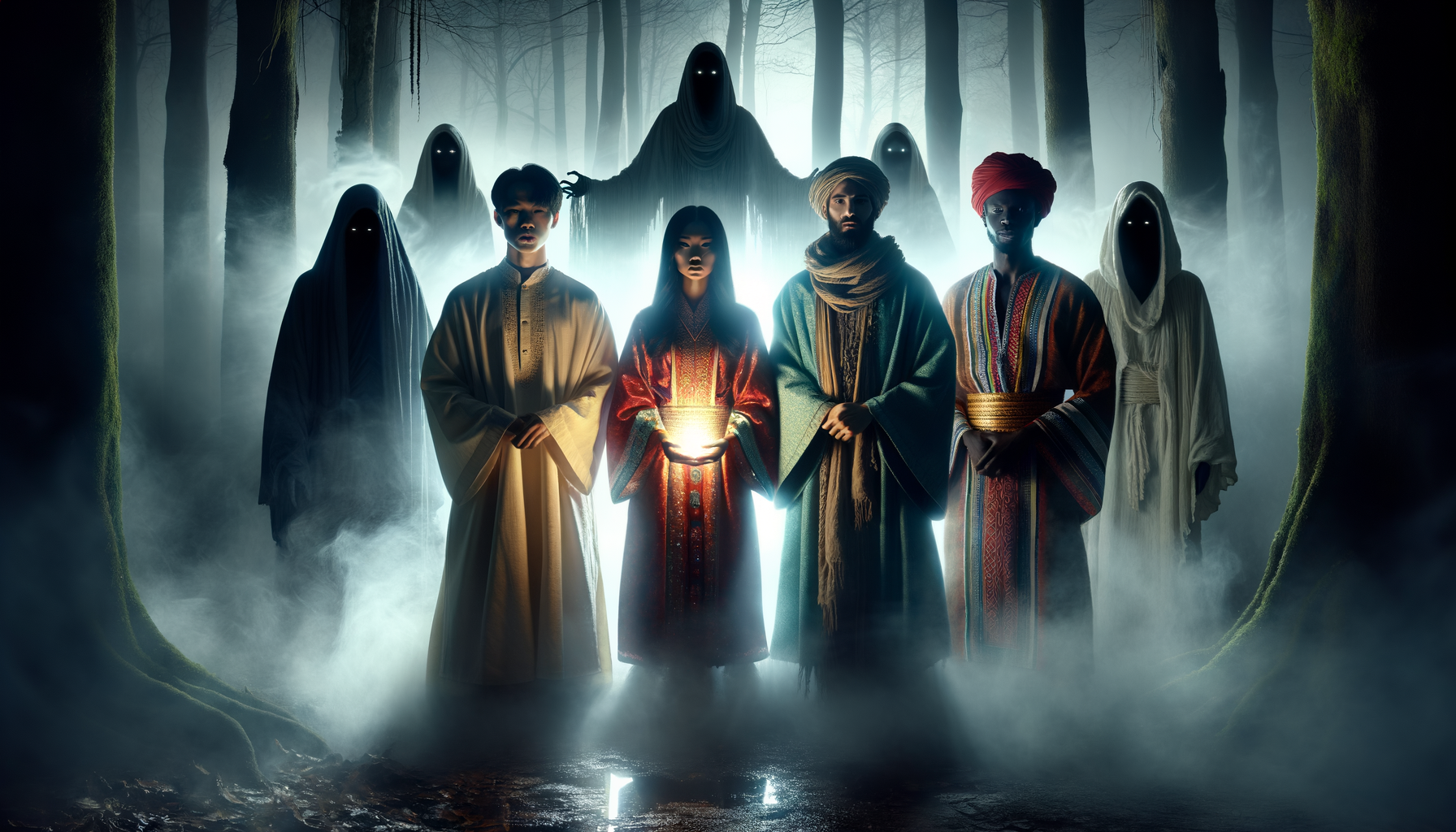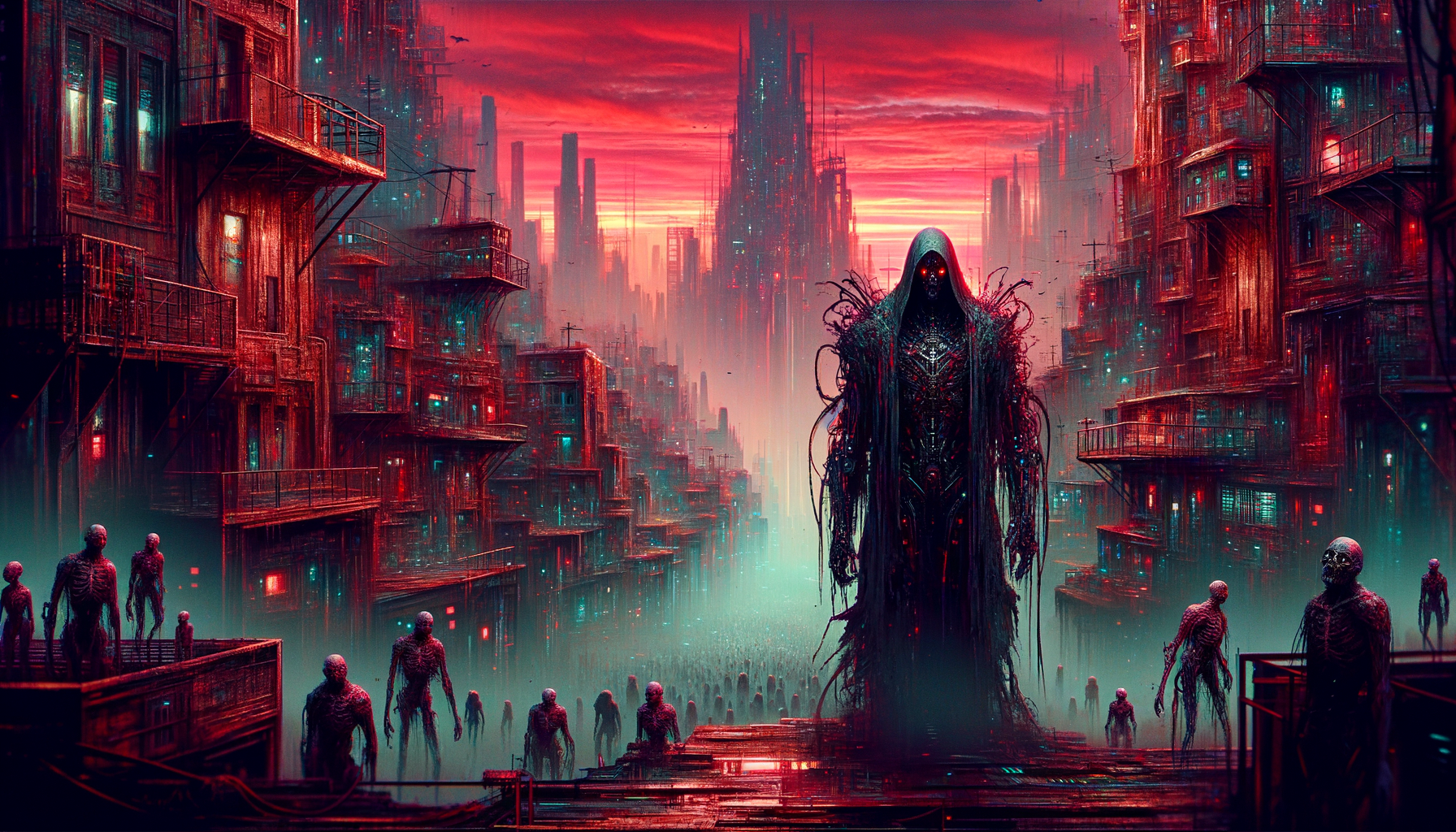
Horror doesn’t just belong in the shadows; it thrives in diversity and cultural landscapes. LGBT horror has dramatically evolved over the years, becoming a captivating genre that intertwines queer struggles and supernatural elements. Did you know that recent studies have shown a 45% increase in popularity for LGBT horror films worldwide? As we dive into 2024, let’s journey through the eerie, spine-chilling, and sometimes heartwarming world of LGBT horror from a global perspective. From Asian horror flicks to heart-thumping Latin American tales, we’re about to uncover how different cultures express and embrace queer themes through the lens of horror.
The Evolution of LGBT Horror
Historical Context
LGBT representation in horror films has deep roots, often reflecting societal attitudes towards the queer community. Historically, LGBT characters were frequently portrayed as villains or monsters, mirroring the fear and misunderstanding of the time. Early horror films used queer coding to subtly hint at a character’s sexuality, often associating it with deviance or evil. This portrayal reinforced negative stereotypes and stigmatized the LGBT community.
Changing Narratives
Over the years, narratives within LGBT horror have undergone significant changes. Where once queer characters were the villains, today they are increasingly depicted as heroes and protagonists. This shift reflects broader societal changes and a growing acceptance of LGBT individuals. Modern horror films and books are more likely to explore the complexities of queer experiences, offering more nuanced and sympathetic portrayals.
Key Milestones
Several significant films and books have paved the way for the evolution of LGBT horror. Classics like “The Rocky Horror Picture Show” and “A Nightmare on Elm Street 2: Freddy’s Revenge” challenged traditional representations and opened doors for more inclusive storytelling. More recent works, such as “The Haunting of Hill House” and “The Babadook,” have further expanded the genre, presenting queer characters in diverse and compelling roles.
Diverse Voices in LGBT Horror
Asia
In Asia, countries like Japan, South Korea, and Thailand are producing unique queer horror stories that blend cultural elements with LGBT themes. Japanese horror, for instance, often incorporates supernatural elements and folklore, creating a rich tapestry for queer narratives. South Korean films like “The Handmaiden” offer intricate plots with lesbian protagonists, while Thai horror explores the intersection of Buddhism and queer identity.
Europe
European LGBT horror often features Gothic undertones and modern twists. Films such as “Let the Right One In” from Sweden and “Thelma” from Norway combine traditional horror elements with contemporary queer themes. These stories frequently delve into the psychological aspects of horror, using the genre to explore issues of identity, repression, and liberation.
Latin America
Latin American horror cinema is known for blending folklore with queer themes. Films like “Tigers Are Not Afraid” and “The Untamed” incorporate magical realism and indigenous mythology, creating a unique backdrop for LGBT narratives. These stories often address societal issues such as machismo, family dynamics, and the supernatural, offering a rich and diverse perspective on queer horror.
Africa
Emerging voices from Africa are beginning to make their mark in the LGBT horror genre. These stories often highlight the unique struggles faced by queer individuals in various African countries, where homophobia and discrimination can be pervasive. Films and books from this region bring fresh perspectives and untold stories to the global stage, enriching the genre with their authenticity and cultural significance.
Impact and Influence
Audience Reception
Global audiences are increasingly embracing LGBT horror, appreciating the diversity and depth it brings to the genre. As societal attitudes shift, there is a growing appetite for stories that reflect the experiences of marginalized communities. LGBT horror resonates with many viewers, offering both representation and a means to explore complex emotional and social issues.
Cultural Significance
LGBT horror plays a vital role in addressing societal issues, using the horror genre as a lens to examine themes like homophobia, discrimination, and violence. These stories often serve as a form of social commentary, highlighting the struggles and resilience of the queer community. By confronting these issues head-on, LGBT horror contributes to broader conversations about equality and acceptance.
Critical Acclaim
The growing recognition of LGBT horror is evident in the awards and accolades received by films and books within the genre. Works such as “The Shape of Water” and “Hereditary” have garnered critical acclaim, showcasing the talent and creativity of LGBT creators. These accolades help to legitimize the genre and encourage more diverse storytelling.
Key Themes in Global LGBT Horror
Identity and Acceptance
One of the central themes in global LGBT horror is the exploration of identity and acceptance. Stories often delve into the horror of coming out and the journey towards self-acceptance, reflecting the real-life experiences of many queer individuals. These narratives provide a powerful means of connecting with audiences and fostering empathy.
Supernatural Elements
Supernatural elements such as ghosts, vampires, and other creatures often serve as metaphors for queer struggles. These elements allow creators to explore themes of transformation, otherness, and the fear of the unknown. By intertwining the supernatural with queer narratives, LGBT horror can address complex issues in a compelling and imaginative way.
Social Commentary
LGBT horror frequently addresses social issues such as homophobia, discrimination, and violence. These stories use the horror genre to shed light on the real-life horrors faced by the queer community, offering both critique and catharsis. Through this lens, horror becomes a powerful tool for social change and awareness.
Future of LGBT Horror
Emerging Trends
Emerging trends in LGBT horror include a focus on intersectionality and diverse storytelling techniques. Creators are increasingly exploring the intersections of race, gender, and sexuality, offering more inclusive and multifaceted narratives. Additionally, there is a growing emphasis on psychological horror and character-driven stories, reflecting a broader trend within the genre.
Voices to Watch
Notable filmmakers and authors are making waves in the LGBT horror genre, bringing fresh voices and perspectives. Directors like Jennifer Kent and Jordan Peele are known for their innovative approaches to horror, while authors such as Carmen Maria Machado and Paul Tremblay are pushing the boundaries of queer storytelling. These creators are helping to shape the future of LGBT horror, ensuring that the genre continues to evolve and thrive.
Conclusion
From the haunting alleys of Tokyo to the vibrant streets of São Paulo, LGBT horror brings an international tapestry of fear, resilience, and identity. These stories do more than just scare; they bridge cultural gaps and offer a reflection on the universal human experience. As we embrace 2024, let’s continue to support and celebrate the diverse voices in LGBT horror. Whether you’re a die-hard fan or a curious newcomer, there’s a world of stories waiting to terrify and inspire you. So grab your popcorn and turn off the lights—dive into the global world of LGBT horror today!




